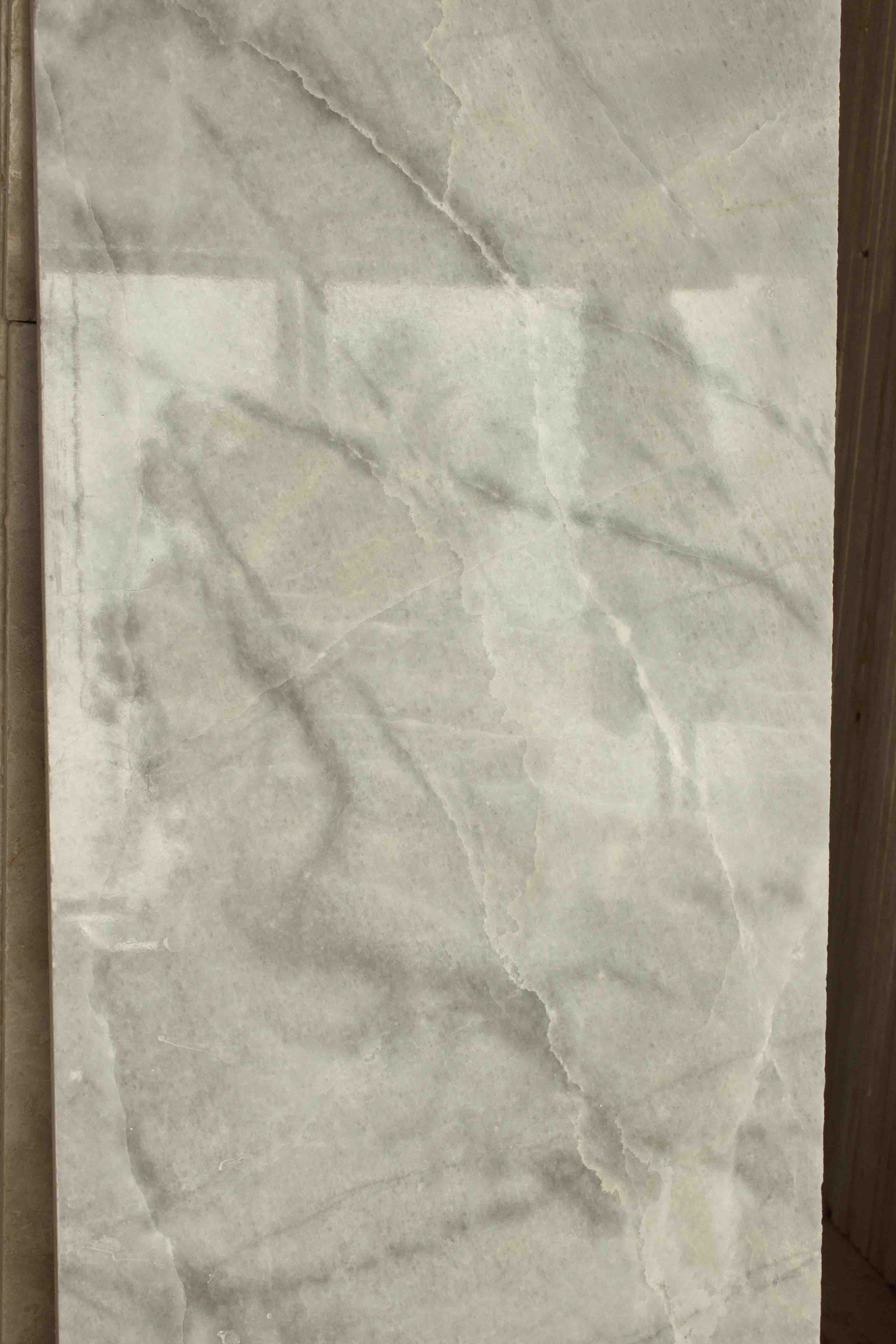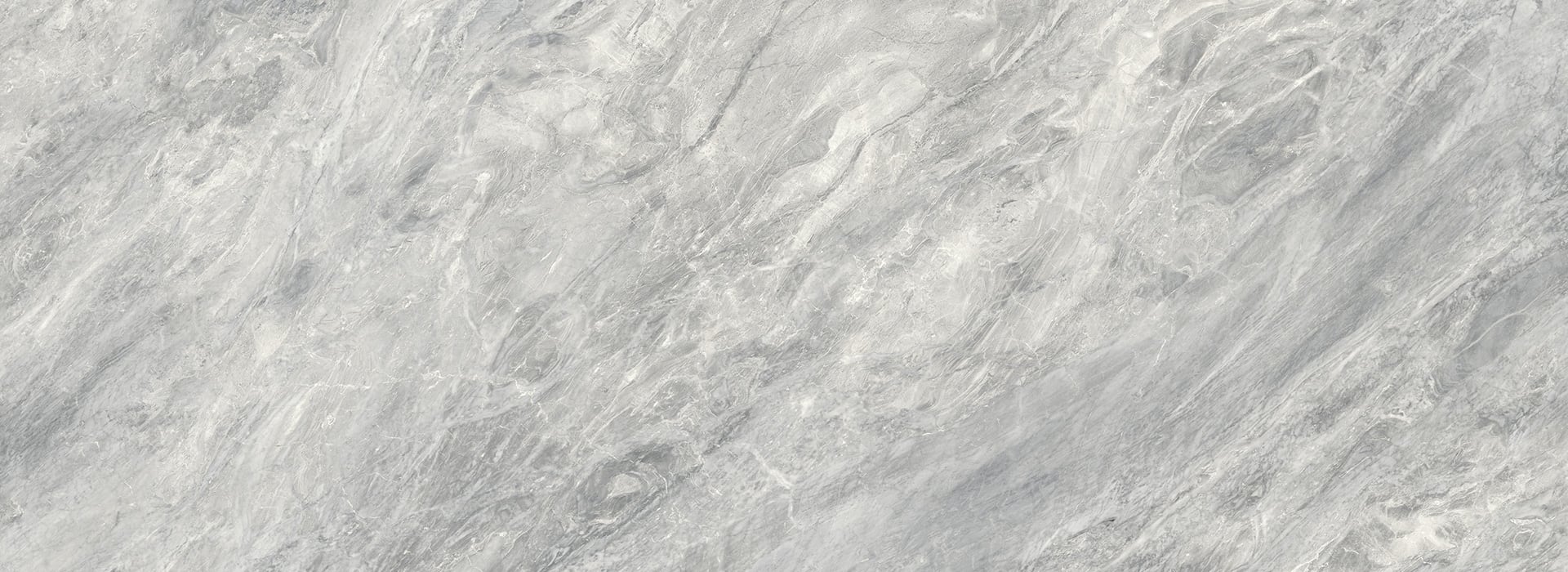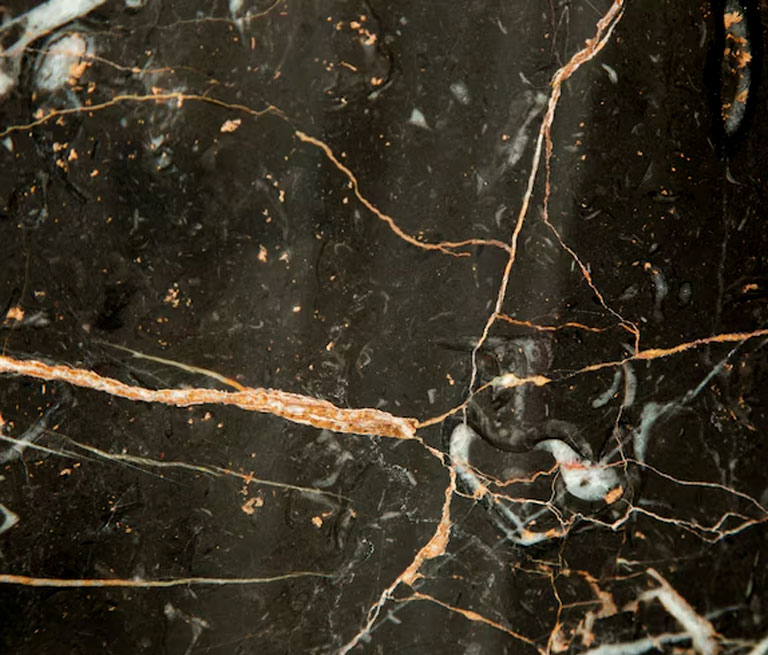
What is Travertine Stone?
Travertine stone contains a high amount of lime—more than even travertine stones. This high lime content is due to the fact that it has not been exposed to high pressure and temperature. Travertine is composed of clay and sand and is lighter in weight compared to marble and marmarite stones.
Travertine is a pure stone with a uniform white color, free of impurities—a quality highly valued by designers, architects, and engineers. White travertine without waves is cut in standard widths of 40 cm, with free length and a thickness of 1.7 cm. Its properties are similar to those of marble and travertine stones, as it is made of clay and sand and sits between travertine and marble in terms of characteristics.
Features of Travertine Stone
Most travertine stones have a light background and are mostly available in white and cream colors. Travertine closely resembles travertine stones, and many people confuse the two.
One popular type of travertine is the Boukan stone, which features a uniformly white background without veins. Due to its more affordable price compared to white travertine, it is widely favored by designers and builders.
Applications of Travertine Stone
Due to its low durability and high water absorption, travertine is not suitable for use in humid and high-traffic areas. Therefore, it is an excellent choice for building facades in dry regions with infrequent rainfall.
Travertine is also used in other parts of buildings such as parking garage walls, interior walls, interior facades, and skylights. Because of their light colors and whiteness, travertine stones are also widely used in decorative items.
Lower grades (grade two) of travertine can be used in secondary building facades that are less visible.
Grading of Travertine Stone
All stones—including travertine, marble, and marmarite—are categorized after processing into different grades: Super, Premium, Grade One, and Grade Two. As the names imply, higher-quality and more refined stones fall into the Super grade category.








